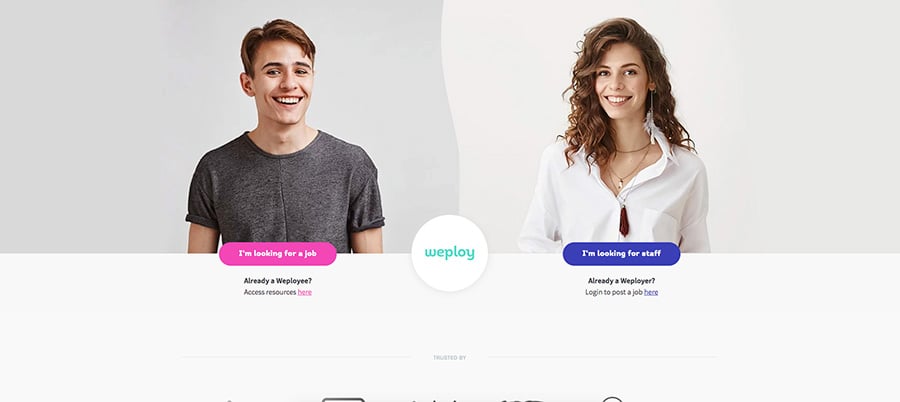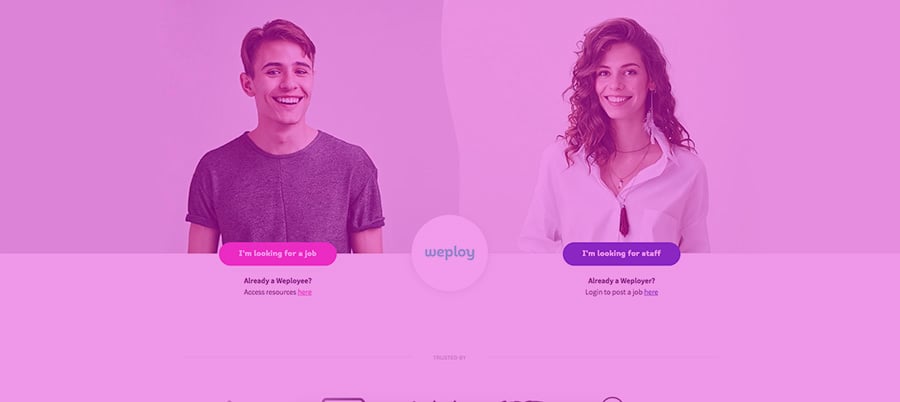Who said email marketing was dead? Someone who has no idea what they're talking about, that's who... It’s still one of the most effective inbound marketing channels there is.
So how do you make the most of this direct channel to a self elected audience? These are some of the best questions to ask yourself when developing your email strategy* to bring in more wins.
*you'll need one of those.
The questions every business needs to ask before they email:
Why are email marketing campaigns important to inbound marketing?
Email is one of the main tools in the close phase of the inbound marketing process. It allows you to stay in touch by educating, engaging and ultimately converting leads into paying customers (if done correctly). Conversely the ownership of a prospects email address can be misused, abused and harmful in the hands of an over zealous marketer or salesperson. With that said, let's explore a few of the points to keep in mind to ensure you don't fall into the latter...
50% of customers trust email messages from companies they signed up to receive. It's one of the lowest cost methods in your marketing tool belt, and it also sets a positive communication between both business and customer — it’s a win/win for both parties:
- For companies — email increases customers and users for businesses
- For potential and current customers — email creates a sense of connection by receiving information from a trusted front. Once your mail is under the high importance tag in their mailbox, the engagement is set.
How does it work?
Just because it’s cost effective doesn’t mean it’s free. It requires time and effort to write, design, and most importantly, deliver the email to the right people.
The absolute essential for every email campaign is the creation of a segmented contact list of people who are genuinely interested in your services. This will help us to reach what we really want: being tagged as high importance instead of spam. What does that mean? Readers converting into paying customers through a subscription, purchase or upgrade — yay!
However, it’s not just a walk in the park. You read an email differently when you’re watching TV with your daughter than a Monday morning in the office. Maybe, you don’t even read it. Sending follow-up emails to users that didn’t open the original message will improve your inbound marketing campaign results. For the distracted ones, receiving related emails will provide more information to the leads and nurture them through sales.
What role does it play in converting website visitors or blog subscribers into paying customers?
The main idea behind email marketing is to get the visitors to take action with your company. The key to engagement: relationships. People buy from people.
Use a series of emails to multiply the effectiveness of your campaign. Mail conversion rates are three times higher than social media, with a 17% higher value in the conversion. In fact, email is a channel that generally offers a good return on investment (ROI), with a 66% of companies rating email marketing ROI excellent or good. The only channel rated that high is SEO.
A few common questions we hear:
- "What types of email campaign should businesses be sending?"
- "Is a blog update good enough?"
- "What are some examples of email campaigns that always bring the person back to the website?"
Customers are different, and so are messages — there isn’t a “one-size-fits-all” approach. The kind of emails you should send depends on your target audience and your goals. In fact there are several different formats you can experiment with, all featuring advantages and disadvantages.
Truth is, email isn’t a simple process. It takes time and energy to nail the email game — therefore there are key principles that should shape your approach:
- Track your results and see what works best to meet the specific goals on your inbound marketing campaign.
- Keep it interesting and provide useful information to your readers — it’ll get you one step closer to the rewarded high importance tag.
- Blog updates are not a certain tool by themselves. To success, they need the support of other inbound marketing tools like SEO, marketing automation and, of course, email marketing.
Does email work for my industry?
The answer is: effective when done correctly. Truth is, the more tailored your campaigns are, the better chances you have of speaking directly to a prospect’s pain points and compelling them to action. However, it’s crucial to keep the right benchmarks in mind — so that you can celebrate the real wins and learn from the missteps.
Most SAAS companies have a typical free to paid user conversion rate of 25% or less – which means that in most cases, 75% of free users won’t convert to a paying customer. E.g., if you have 10,000 visitors, 200 will become trial sign ups.
These numbers will drop off after 90 days. To increase your activation rate, you should educate new users and keep them interested through an effective market target process and re-engaging tactics. This will boost your conversion rates via email marketing in a higher level than the average
In numbers, how many emails do you have to send to convert people into paying customers?
Inbound email marketing isn’t an exact science (even though dedicated analysis of data is still a must!). If to every 10,000 addresses you send, 100 customers convert, sending them twice a month doesn’t guarantee you 100 more conversions. The trick resides in the frequency: engagement and frequency are negative correlated, which means the more emails you send, the less engagement per campaign your customers will have.
However, this isn’t an excuse to send an email once a year, sit back and relax. Email marketing is an ongoing effort in steady-state that should be tracked periodically. Your audience will be more engaged if you interact with them and provide great content. As we know, more engagement means higher conversion rate, which means more money in your pocket.
Over to you
Everyone has an email — that’s the real genius behind why it’s such an invaluable tool. People spend so much time in their inboxes, so it makes sense to reach out to them where they actually are. If you’re curious how an inbound marketing strategy might work for your SaaS business, jump on in to a 60 second inbound fit test — it’s the quick guide to figuring out who can best leverage inbound marketing to grow leads and hit their revenue targets with this methodology!



